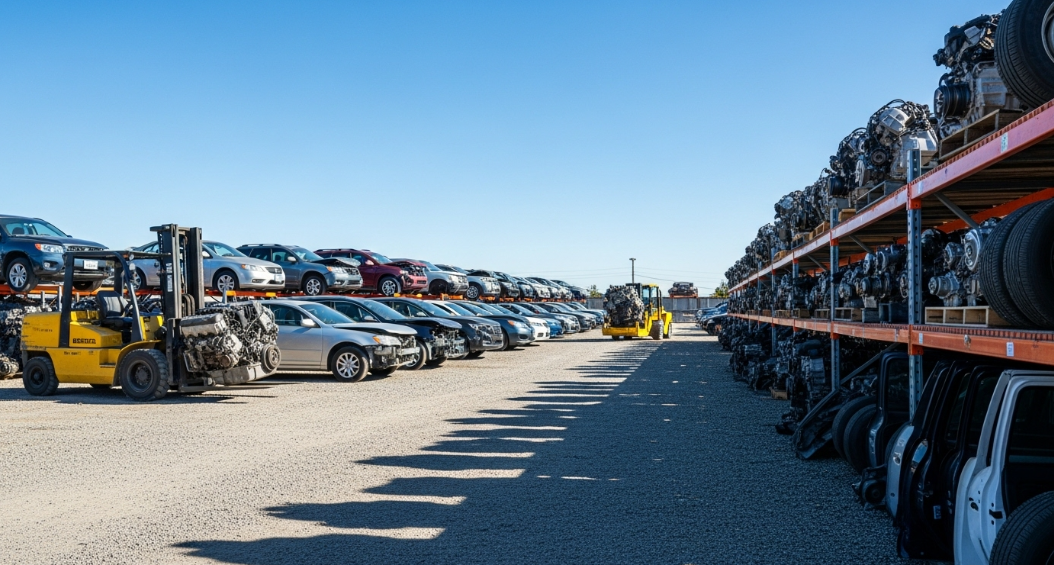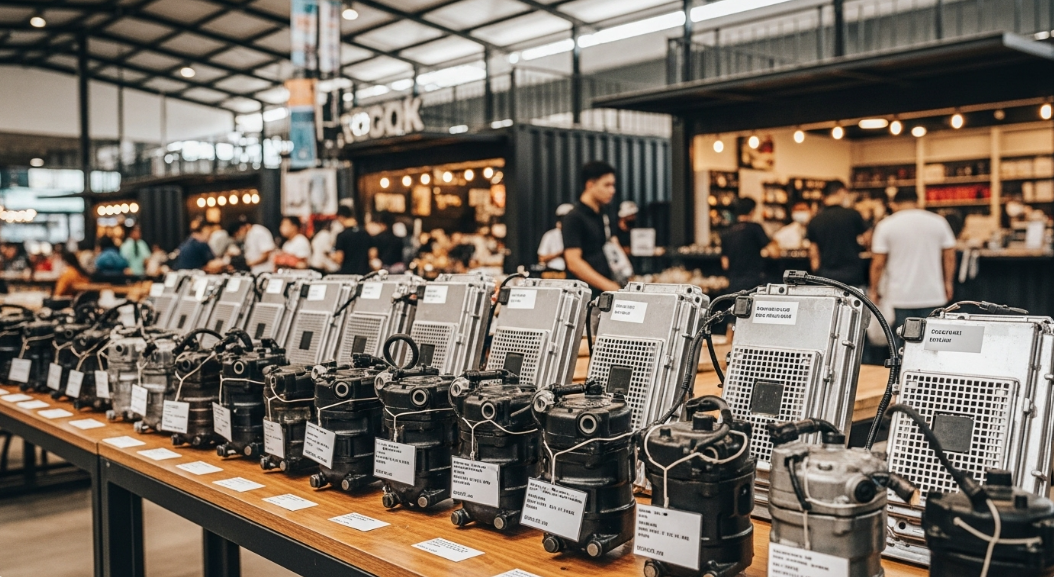Chock Carrier: Enhancing Safety and Efficiency in Mining Operations

In the world of mining, safety and efficiency are paramount. One crucial piece of equipment that plays a vital role in achieving both is the chock carrier. These vehicles are designed to transport and position chocks—safety supports used in underground mining operations—helping to stabilize the mine roof and prevent accidents. This article explores the importance of chock carriers, their components, types, and how they contribute to safety and operational efficiency in mining environments.
What is a Chock Carrier?
A chock carrier is a specialized vehicle used to transport and position chocks or hydraulic supports in underground mines. These chocks are crucial for preventing roof collapses in tunnels and ensuring the safety of miners. Chock carriers are equipped with lifting and positioning mechanisms, allowing them to transport these heavy supports to the areas where they are needed most.
Key Components of a Chock Carrier
Chock carriers are equipped with several essential components that enhance their functionality in mining operations:
- Lifting Mechanism:
A hydraulic lifting system allows the chock carrier to lift and position the chocks with precision. The hydraulic system enables easy handling of heavy chocks and their accurate placement in difficult-to-reach mining areas. - Heavy-Duty Wheels or Tracks:
Chock carriers are often designed with heavy-duty wheels or continuous tracks to ensure stability and mobility in the challenging terrain of underground mines. These wheels or tracks help the vehicle maneuver over uneven ground, rough surfaces, and other obstacles typically found in mining tunnels. - Chock Handling Equipment:
Chock carriers are equipped with specialized attachments, such as forks, cranes, or winches, to handle the chocks. These attachments allow operators to securely transport the chocks to the right locations. - Operator Cabin:
The operator cabin is designed for comfort and safety, with features like reinforced frames, clear visibility, and protective enclosures to safeguard the operator from potential hazards. - Lighting and Communication Systems:
Given the often low-light conditions in underground mines, chock carriers are equipped with powerful lighting systems for visibility. Communication systems also allow the operator to stay in contact with the team and coordinate tasks efficiently.
Types of Chock Carriers
Different types of chock carriers are available depending on the specific needs of the mining operation. Some of the common types include:
- Track-Mounted Chock Carriers:
Track-mounted chock carriers are designed to operate in tunnels with rough or uneven floors. The continuous tracks offer superior stability and traction, making them ideal for navigating difficult terrain in underground mines. These carriers are often used in larger mines or in areas with a complex layout. - Wheeled Chock Carriers:
Wheeled chock carriers are generally more maneuverable than track-mounted ones and are ideal for smoother surfaces. They are typically used in areas where the mine’s floor is relatively flat or where quick movements between areas are necessary. - All-Terrain Chock Carriers:
Some chock carriers are designed to handle a combination of surfaces, such as both smooth and rugged terrain. These all-terrain vehicles offer greater versatility, allowing them to be used in different sections of the mine.
Applications of Chock Carriers in Mining Operations
Chock carriers are primarily used in underground mining, particularly in the following areas:
- Roof Support Installation:
The primary function of a chock carrier is to transport and position chocks or hydraulic supports to stabilize the mine roof. This ensures that the mine is safe for workers, preventing the risk of roof collapses, which can be catastrophic. - Maintenance and Repositioning of Chocks:
Over time, the chocks may need to be adjusted or replaced to maintain the integrity of the mine’s roof. Chock carriers can be used to move and replace old chocks or adjust their positions to ensure ongoing safety. - Transporting Additional Mining Equipment:
In some cases, chock carriers are also used to transport other heavy equipment or materials within the mine. Their lifting and transporting capabilities make them versatile in various operational tasks. - Tunnel Extension Work:
As mining tunnels are expanded, new chocks are required to support the extended areas. Chock carriers facilitate the swift transportation and installation of these supports, helping to maintain productivity as tunnels grow.
Advantages of Using Chock Carriers
Chock carriers offer several benefits that enhance both safety and efficiency in mining operations:
- Enhanced Safety:
By automating the process of handling and positioning chocks, chock carriers significantly reduce the risk of injury to miners. The use of hydraulic systems and specialized equipment minimizes the need for manual handling of heavy chocks, reducing the chance of accidents. - Improved Efficiency:
Chock carriers streamline the process of roof support installation, which is essential in maintaining safe mining conditions. Their ability to transport and position multiple chocks quickly allows mining operations to continue without unnecessary delays. - Increased Mobility:
With the ability to move chocks efficiently through tunnels, chock carriers ensure that operations can progress in a timely manner, even in confined or difficult-to-reach areas of the mine. - Cost Savings:
By reducing the need for manual labor and speeding up the installation and maintenance of chocks, chock carriers help reduce operational costs. Their reliability also reduces downtime and maintenance costs, leading to more efficient use of resources.
Maintenance and Care for Chock Carriers
To ensure that chock carriers remain in optimal working condition, regular maintenance is necessary. Key maintenance tasks include:
- Hydraulic System Maintenance:
Regular inspection and servicing of the hydraulic system ensure that the lifting mechanism operates smoothly and effectively. - Track and Wheel Inspections:
Check tracks or wheels for signs of wear or damage. Regular maintenance helps prevent breakdowns and ensures smooth operation, especially in difficult mining conditions. - Operator Cabin Checks:
Ensure that the operator cabin remains secure and that all safety features are functioning properly. This includes inspecting visibility systems, lighting, and communication tools. - General System Inspections:
Regular checks of the engine, transmission, and electrical systems help identify potential issues before they cause major failures, ensuring continuous operation.
Conclusion
Chock carriers are a vital tool in enhancing safety and efficiency in underground mining operations. By automating the process of chock transport and positioning, they reduce the risk of accidents and improve the overall productivity of the mining team. With various types and models available to suit different mining environments, chock carriers are versatile, cost-effective solutions for ensuring safe and stable mining conditions. Proper maintenance and care of these machines are essential to keep them operating at their best and to maximize their benefits in mining operations.







